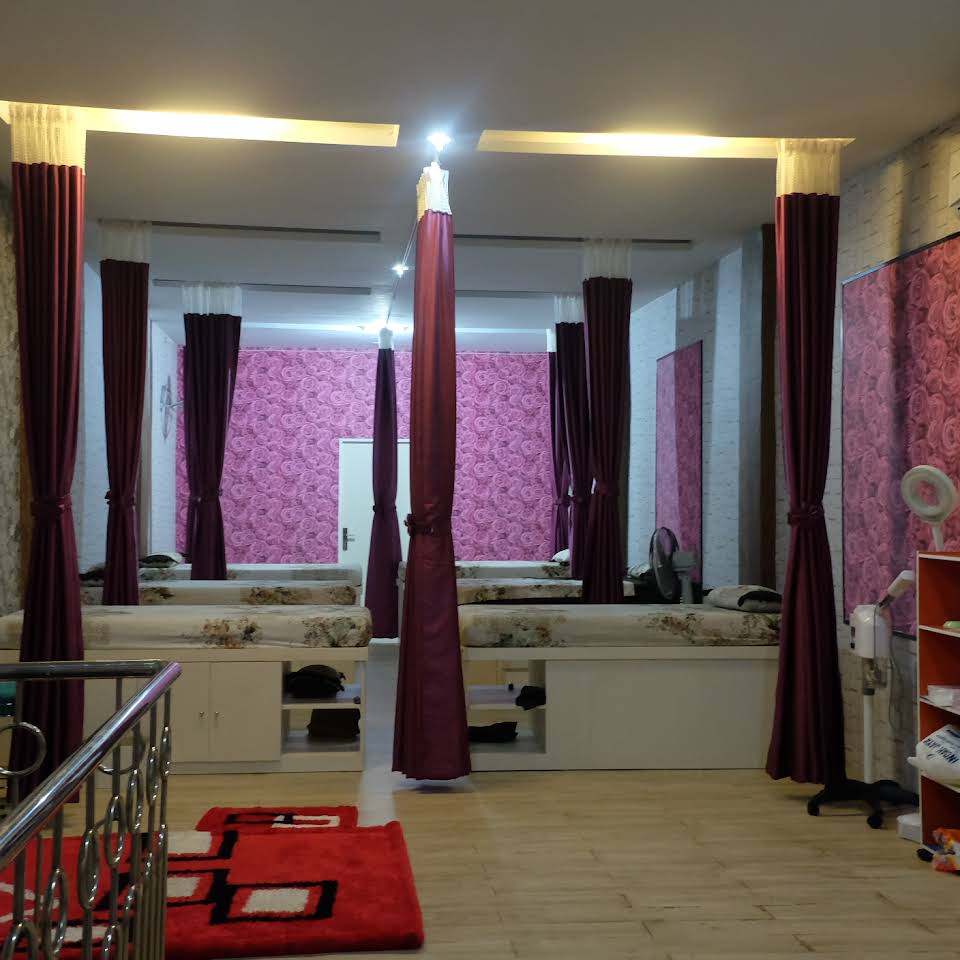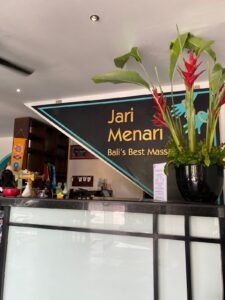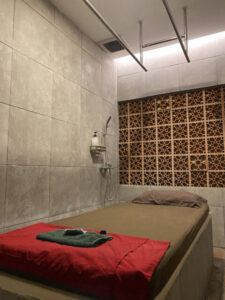In an ever-evolving world, where traditions and modernity often remain at odds, the Rumah Cantik Jeumpa in Banda Aceh emerges as a beacon of elegance and cultural significance. Could it be possible for this charming residence to encapsulate the essence of a community while showcasing architectural prowess? This inquiry prompts contemplation not only of the home’s aesthetic allure but also of its role in the social fabric of Banda Aceh. As we delve deeper into the characteristics of this captivating abode, we shall unravel the intricate relationship between architecture, culture, and community living.
At first glance, Rumah Cantik Jeumpa is a veritable masterpiece, resplendent with exquisite design elements that evoke admiration. Nestled in the heart of Banda Aceh, this residence is not merely a structure made of concrete and wood; rather, it is a vivid expression of artistic vision imbued with local culture. The use of contemporary design features, fused with traditional Indonesian elements, transforms the house into a veritable canvas showcasing artisanship.
One striking aspect of Rumah Cantik Jeumpa is its vibrant color palette. The exterior is adorned with striking hues that reflect both the natural beauty of the surrounding landscape and the dynamic spirit of the Acehnese culture. This commendable balance invites questions about the relationship between color psychology and emotional responses, and one might ponder: how do these vivid colors influence the moods of those who inhabit or visit the space? Consequently, enhancing the emotional vitality of a domicile may indeed impact interpersonal relationships and foster a sense of belonging among its inhabitants.
Furthermore, the architecture of Rumah Cantik Jeumpa demonstrates an astute understanding of both form and function. Open spaces and expansive windows are integrated thoughtfully into the design, facilitating an abundance of natural light. These features not only contribute to aesthetic magnificence but also promote environmental sustainability through passive solar heating and cooling. Here, an interesting challenge arises: can modern architectural practices maintain allegiance to the cultural heritage of a region while embracing sustainability? As culture and climate become intertwined in the dialogue of home design, it becomes imperative to navigate the complexities that this amalgamation presents.
Additionally, this residence offers intriguing insights into the social interactions that occur within its walls. The communal areas extend a warm invitation for gatherings and festivities, reflecting the deep-seated tradition of hospitality in Acehnese society. One must consider how the layout of a home can influence social dynamics within familial units. Do open spaces indeed foster stronger connections among occupants, or do they merely serve as a backdrop for increasingly independent lifestyles in modern society? Such queries are relevant in light of the evolving nature of human relationships in today’s interconnected yet often isolating digital world.
In exploring the symbiosis between Rumah Cantik Jeumpa and its surrounding community, we must not overlook the residence’s entrenched symbolism. Architecturally, it stands as a tribute to the resilience of Banda Aceh, a region that has weathered natural disasters and socio-political turmoil. The presence of such a striking home, therefore, becomes emblematic of hope, continuity, and solidarity. Does this locality view Rumah Cantik Jeumpa not simply as a physical structure but as a monument that embodies their collective narrative? Indeed, the house transcends its immediate confines to become a vessel of communal identity.
Moreover, the role of Rumah Cantik Jeumpa in facilitating cultural exchange warrants examination. As visitors flock to witness its beauty and partake in the unique Acehnese lifestyle, the residence becomes a focal point for dialogue and understanding across cultures. The architecture invites observations on how the design choices resonate with those unfamiliar with Indonesian aesthetics. Will the brilliantly conceived spaces foster curiosity, or will they maintain an air of exclusivity? This dichotomy serves as a crucial consideration in the realm of architecture as it pertains to the broader societal implications of inclusivity and accessibility in design.
As we consider the various challenges presented by Rumah Cantik Jeumpa, it is essential to reflect on how such structures shape our environment and experience. The impact of the home extends beyond its physical boundaries, affecting not only its residents but the larger community as well. What responsibilities do architects and homeowners hold in ensuring that the designs promote harmony and sustainability? Should one’s attention focus solely on creating visually appealing constructs, or is it imperative to engage with critical regional issues through thoughtful design? The relational aspect of architecture provokes intensified dialogue about our environment and the interconnections therein.
In conclusion, Rumah Cantik Jeumpa stands as an enduring symbol of beauty, resilience, and cultural identity in Banda Aceh. Its design exudes elegance, inviting exploration while prompting essential inquiries regarding the intersection of tradition and contemporary living. The challenges posed by such a residence inspire reflection on our collective responsibilities in architectural design and community engagement. The home is more than a mere structure; it becomes a narrative, a gathering space, and a reminder of the indispensable connections that bind us all. As we ponder these complexities, one must ask: How can we, in our own lives, embody the harmony exemplified by this brilliant home?





Leave a Comment